We won’t tell you the dull theory of integrated testing and why it is vital to know for self-respecting QA managers – you have enough on your plate. It’s the time for the knowledge you can use in QA practice.
One-two-three of integration testing
The primary purpose of integrated testing is to find the errors in modules & interfaces. When several integrations modules need to work perfectly in sync, we use integration tests. We cannot overestimate the vitality of the process. Without it, we can’t get high-quality software testing to perform flawlessly under various conditions.
A QA engineer collides two or more modules to see what’s happening to find bugs.
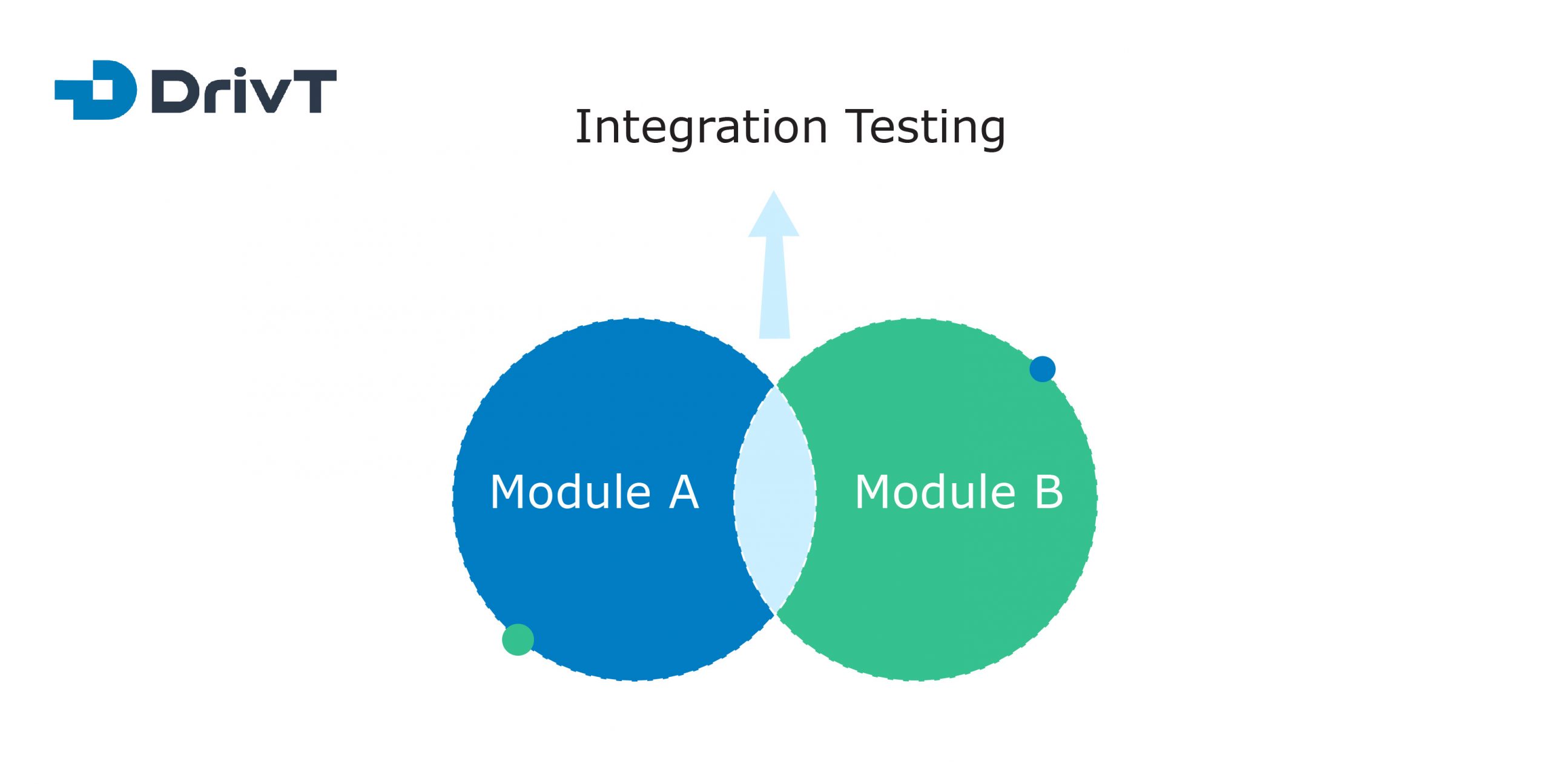
There are several end scenarios for this collision:
- The modules are integrated perfectly together (though this variant is least likely to happen);
- The test shows that the software does not perform as the developers wanted, which leads to debugging.
Such tests remain the critical component of the continuous integration testing debugging process: the QA engineer constantly improves the software and delivers it to the end-users.
Why do we need integration testing? There is a huge reason for this kind of software testing: integration tests help find the bugs quickly. Integration testing helps test two or more modules created by different developers, so the software works perfectly. All the modules are tested first to make sure they work correctly – the QA engineers check their interaction. This check will tell them if there have been errors.
Who has to do the integration testing? The QA team or an engineer has to do that. Indeed, they might need some tools to perform so. Let’s take a look at the hottest ones:
DrivT
The tool is made by QA engineers for the QA engineers. It is the solution for task management & performance tracking created for QA engineers and team leads. Anyone can perform integration testing there, check cases KPIs and the effectiveness of a project. It is quite engaging to use DrivT if you are doing the test alone or within a small team.
- Type: QA management & performance tracking test tool;
- Team: small;
- Price: free;
- User-friendliness: 😍
Aqua
One more instrument to fall in love with – Aqua. The German pros created Aqua for aligned QA and software management, and big teams or enterprises are more than happy to use the tool.
- Type: test management solution;
- Team: medium-enterprise;
- Price: free 30 days;
- User-friendliness: 🥸
Qase
The codes can be verified by the QASE while performing integrated testing. The instrument is excellent when you are fond of working manually. They have lovely tutorials and how-to guides.
- Type: workspace for manual and automated tests;
- Team: small-medium;
- Price: free;
- User-friendliness: 😍
Testrail
Test case management tool, where the QA engineers can perform the integrated tests. Old-school Testrail allows boosting the productivity of the engineer while tracking the case results. It is handy that the tool provides real-time insights into daily tasks.
- Type: test case management tool;
- Team: medium – enterprise;
- Price: $34 / per month;
- User-friendliness: 👴
What the bug!? or system integration testing types
We will share with you the most effective software testing ways, their do’s and don’ts.
Incremental approach (top down and bottom)
The main point of this way is to make sure that the data flow gets perfectly in sync between the modules. Various types of integration testing start here, so let’s see how incremental approaches relate to each other.
Top down approach
The QA adds modules one by one and sees how they interact with already integrated ones. The trial repeats until the QA checks all of them against module additions. The top down and bottom approaches help with that.
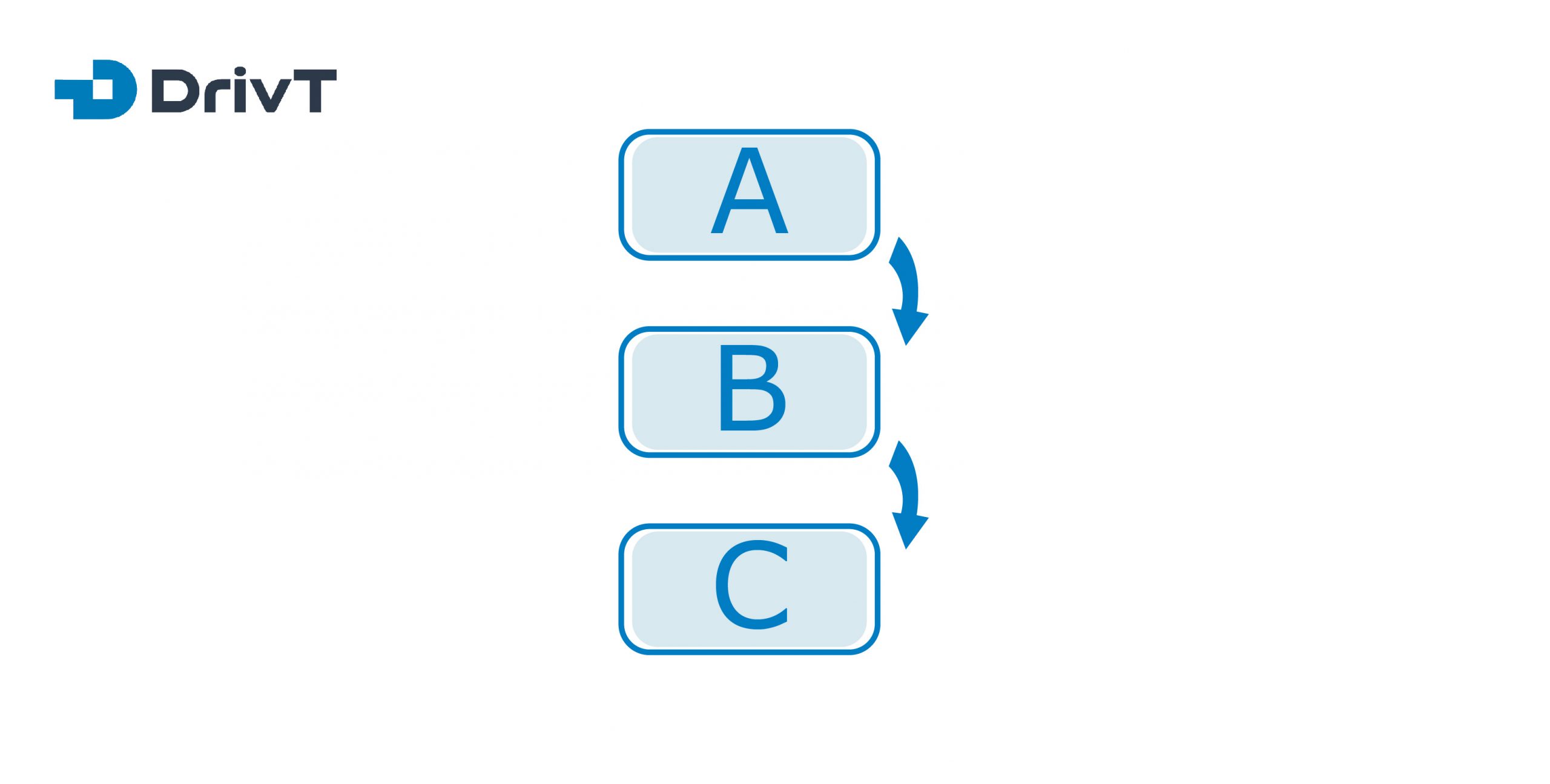
- Why execute a top down integration testing approach?
The software testing ensures that the performer can identify major issues before they snowball into problems with the final product release. It saves hours of work for more critical errors.
Bottom up integration testing
This approach in system integration testing focuses on low-level modules. The same as in the top down integration testing, this way is executed by adding modules, but from the bottom. Modules are combined and tested one or by one.
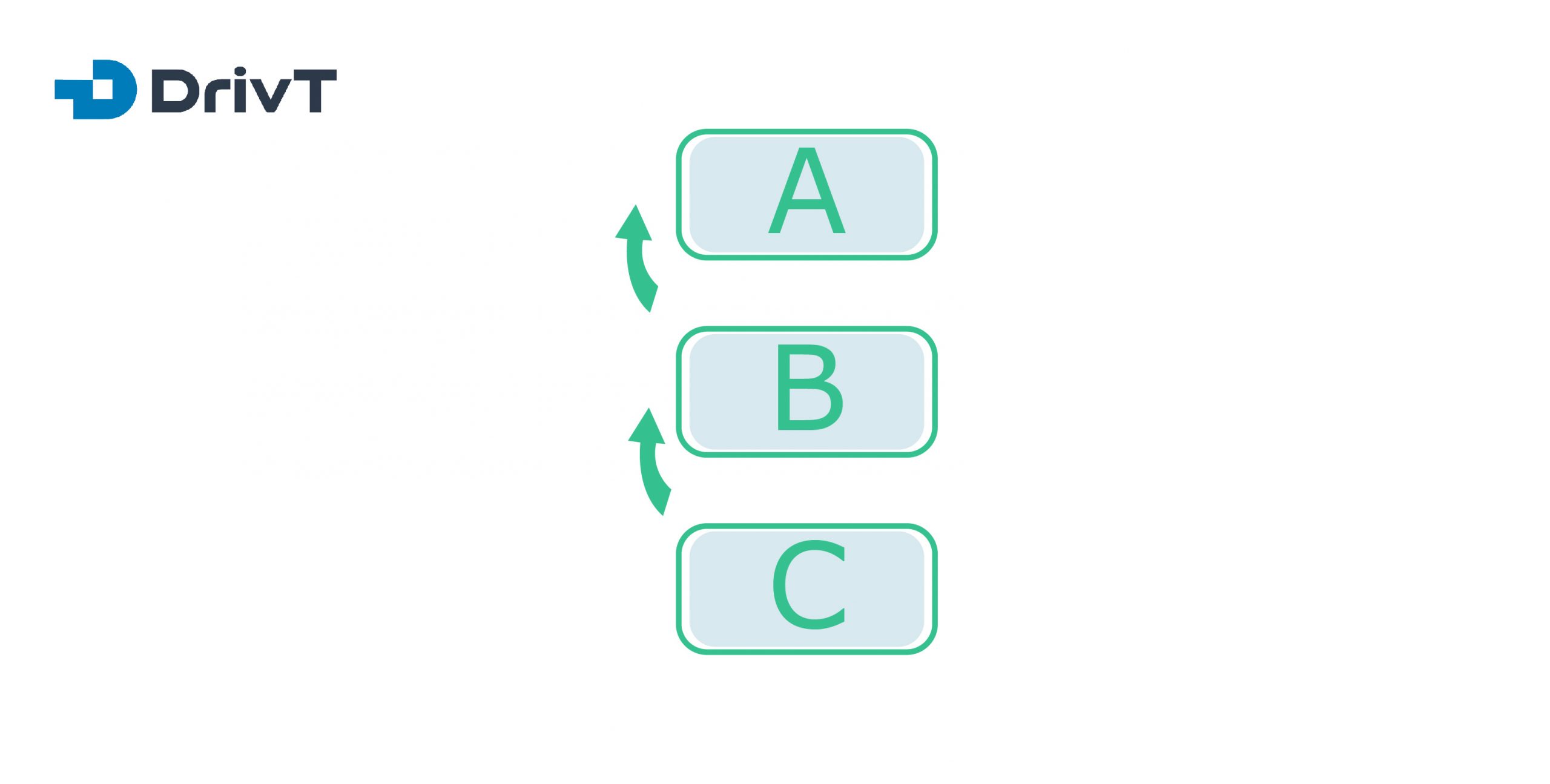
- Why execute the bottom up approach?
QA testing is essentially looking for the bugs. They can hide in the logic of the performance. When the high level modules are tested first, the bottom-up helps to find leaks in the overall developed application.
Hybrid testing approach or sandwich testing
The year is 2021, and the QA engineers can meet hybrids among the types of integration testing and ensure that the module interfaces are tested as a group: low level modules with high level modules. Top down integration testing, and bottom approach is a so-called hybrid approach.
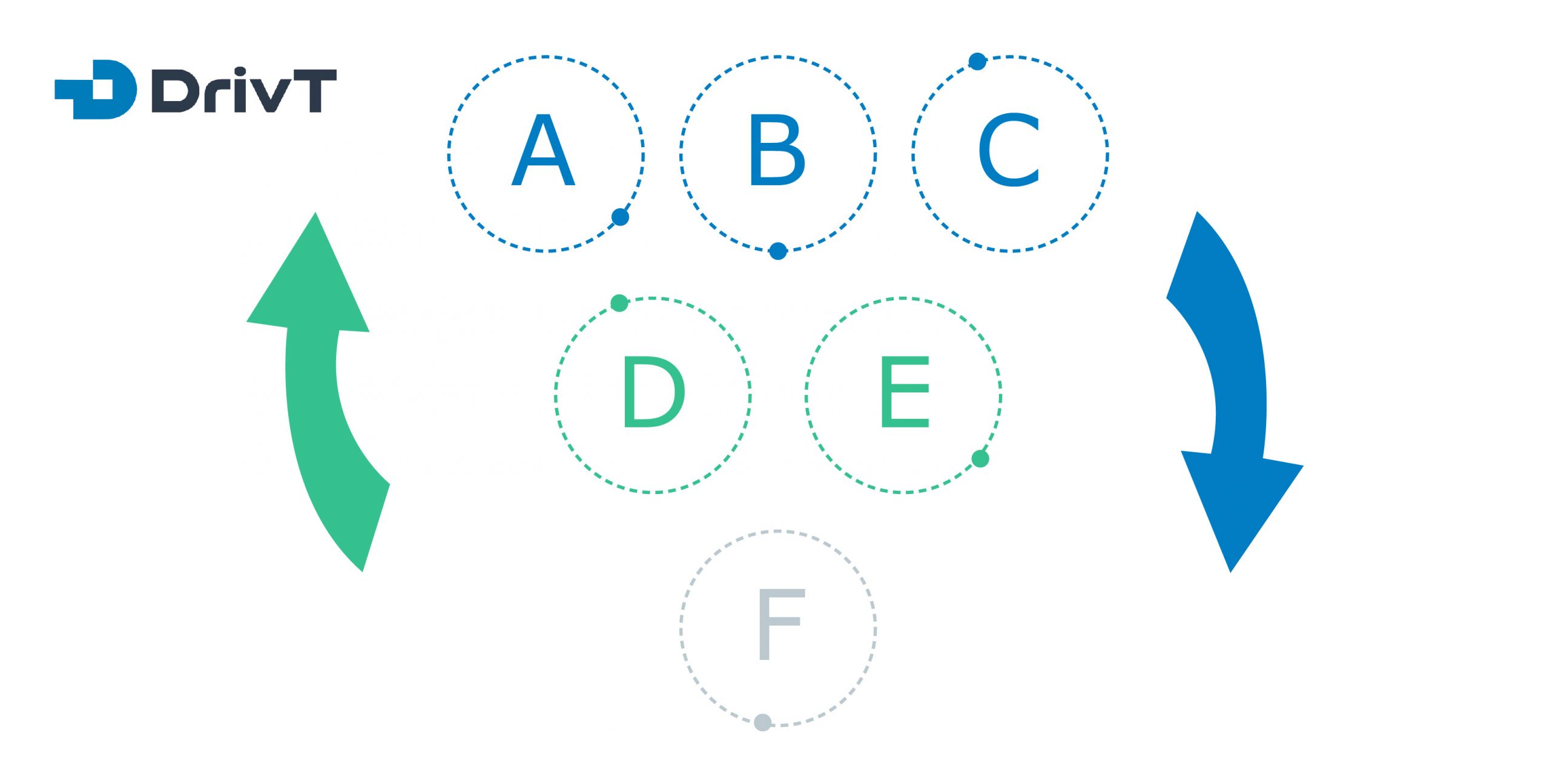
- Why execute a hybrid approach?
The top down and bottom methods allow us to check the work all at once. It also saves time for more tests and improves the testing skills of the QA engineers (the sandwich testing is a tough one.)
Non-incremental approach
We are not finished yet. There are some more approaches in integration testing you can try, and non-incremental is one of them.
Big bang integration testing
This method’s name speaks for itself. The QA engineer integrates all the modules at once, which makes them BANG!!! The engineer can fix the bugs and leave them for a developer after the explosion.
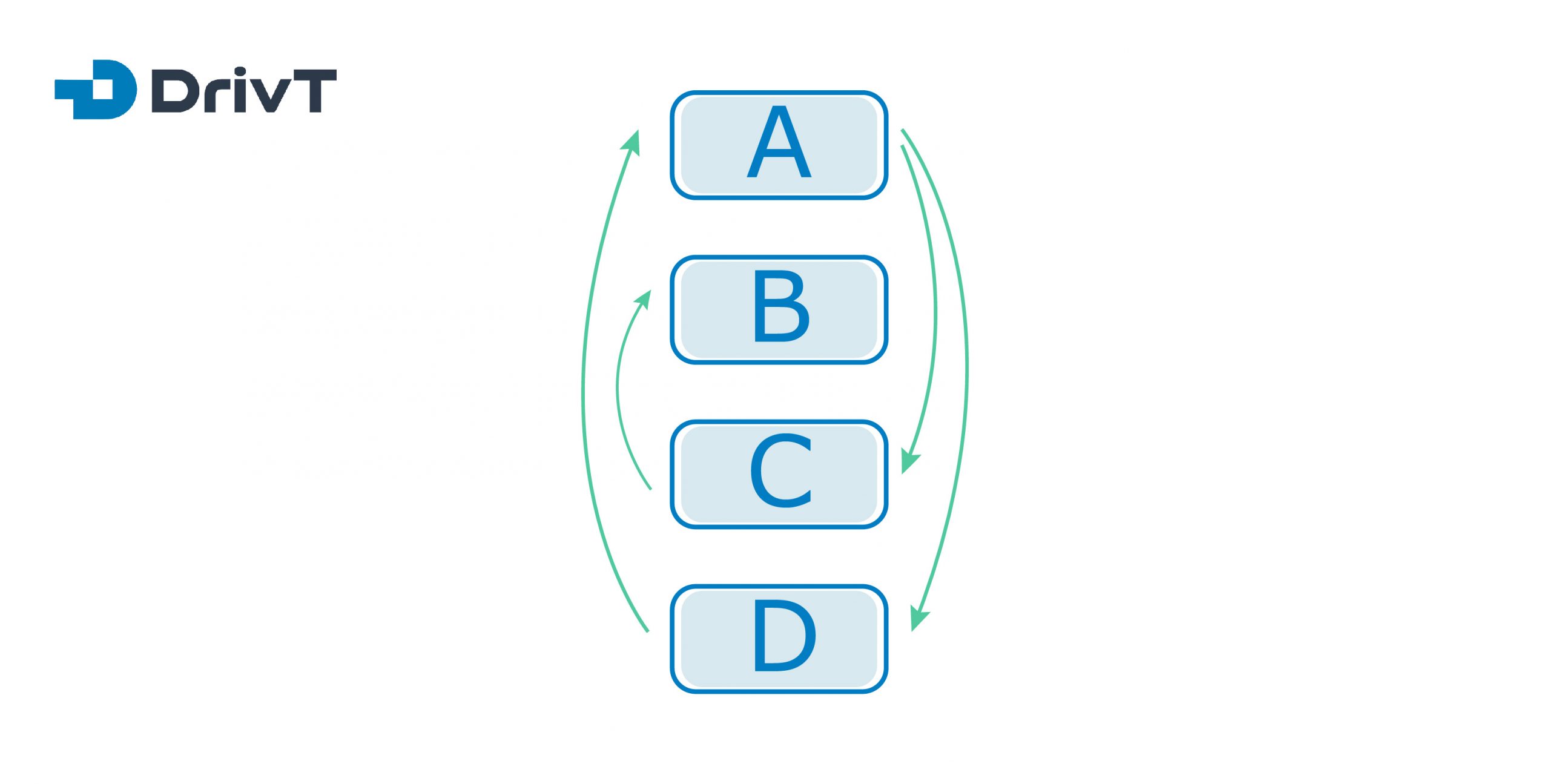
- Why execute the big bang integration testing?
First, you can see it all go wrong at once, and second – it’s suitable for small software.
Stubs and drivers method
The QA creates a fake module (dummy) that behaves like a real one to interact with the other modules. The test data received from the fake module is not validated by the real one. It is why the driver module validates the data and takes care of the communication.
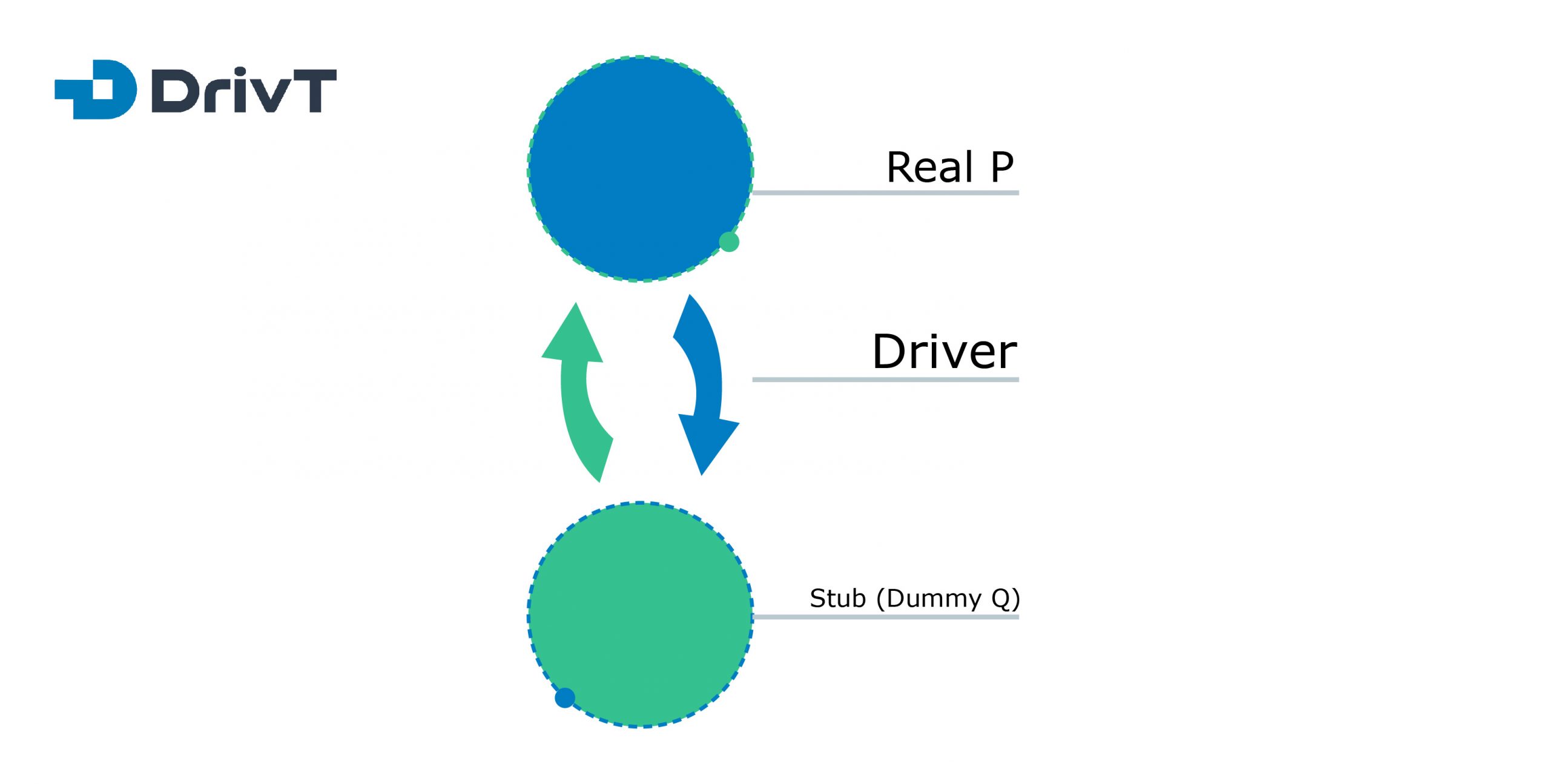
- Why execute stub and driver method?
This method enables checking data communication between modules.
How to’s of integration testing
Decided to perform integrated testing on modules? Here is the roadmap to guide your hand:
- Prepare a plan of integrated testing;
- Create all the possible scenarios on how it all should work according to the specification;
- Automate it: write the scripts for the test case;
- Execute test cases;
- Note the bugs, let the developers fix them, and re-make the test on the modules separately;
- Re-do it all over again till the performance is flawless.
How to perform integration testing
When the QA engineers decide to test the module or the unit, they can start with the units to be tested as a group. Focus on getting all the features working. Stop worrying about making any fixes that would stop the test from running.
It’s time to deploy everything together and make sure everything is functioning correctly before doing the functional tests. The QA can look at every use case available to see if there are issues between various modules. After a thorough structural test and testing of modules, the engineers can test all different systems.
Example of integration test cases
Integration test works in sync with functional ones quite often, where all the testing is done consistently. For example, imagine that we need to test a messenger inside an application. What critical modules do we have to check? First, you have to get to the login page, then check these items:
- Message sent;
- Message received;
- Message deleted;
- Message edited;
- Message delivered.
How do you find the errors? We do functional testing integration. Then, the QA engineer has to examine all the features by software modules. The approach here can be different: from incremental testing to non-incremental one. These particular test cases can work out well with the Big Bang method.
Driving force of integration testing
Once upon a time, QA engineers didn’t know the integration testing advantages, and they were confused about integrated testing. But they were eager to implement it into a test case and answer some questions on working with modules.
Reasons to do integration testing?
- One developer usually creates one module. Its programming logic may differ from other modules, so this kind of test is required;
- It becomes necessary to test if software modules work together well;
- There is a high chance of changing requirements, where the modules are integrated by one developer and improved by the other;
- When the QA engineers didn’t check these new requirements, an integration testing system becomes necessary;
- The interfaces of the program modules may be erroneous;
- External hardware interfaces may be faulty;
- Incorrect exception handling can cause problems and get a unit tested incorrectly.
Which testing integration phase is performed individually?
A unit is always a complicated thing to check, but a single QA engineer can do so. It might be worth checking as many units at once instead of going through each item separately.
What is used in a high level of testing?
The high level means the interaction of software modules. They are the most significant system testing components.
Which testing is performed first?
The bottom up integration testing is executed first on different critical modules. The lower modules are tested first and collide with the bigger ones; you have to choose the bottom up approach.
Wrap up
Eager to perform the integrated testing as we do? The process can be fun and engaging while working with the hottest tools for QA. Just remember to be prepared with the suitable instruments to collide the modules and capture a loud BANG!!!
Luckily, when this knowledge is verified, you can practice more logically without repeating the same mistakes.
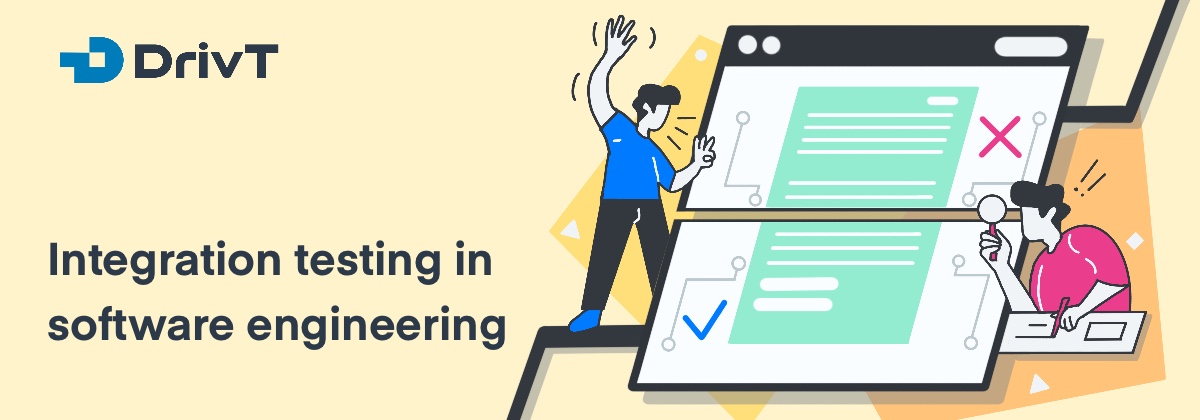








Be the first to leave your comment...